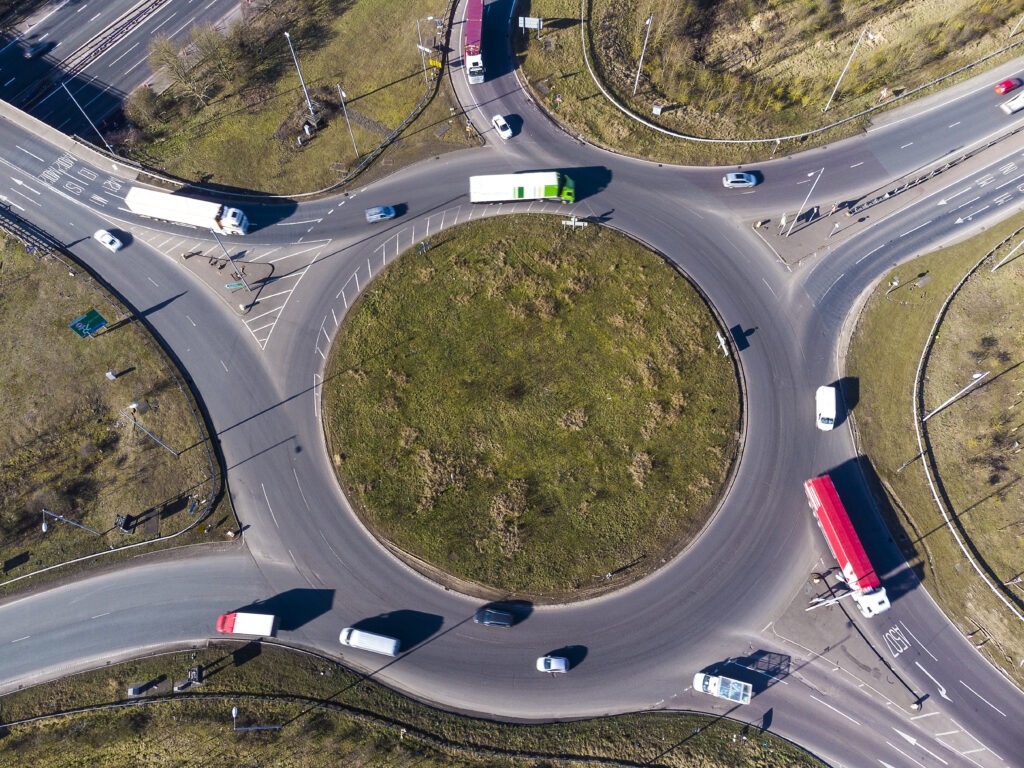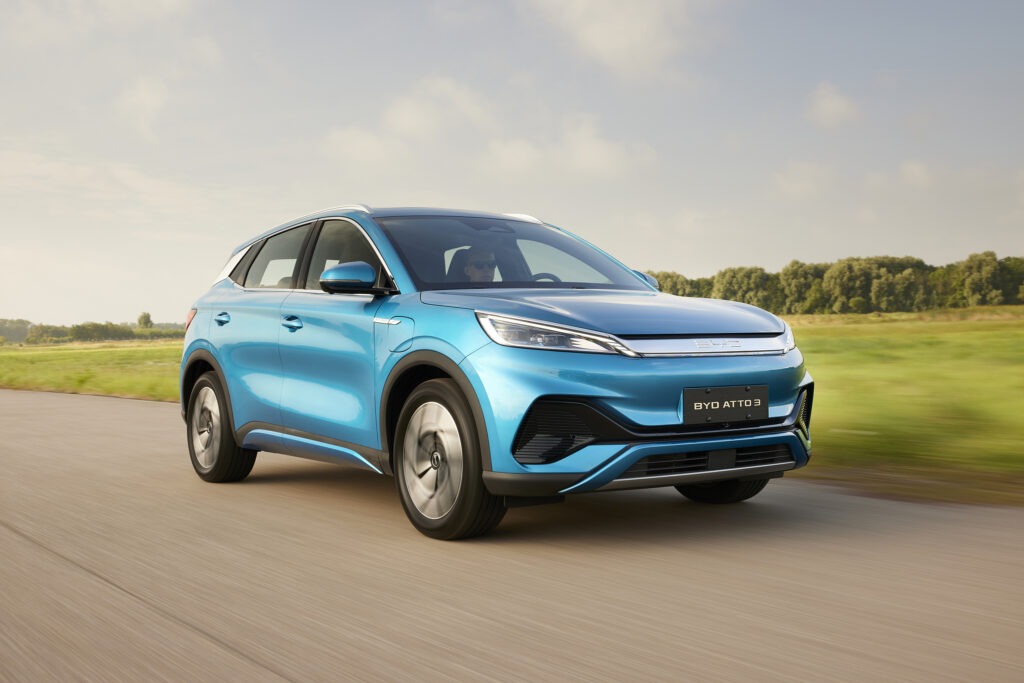BEVs wobble but remain strong in September’s EU registrations
26 October 2023

The latest data from the European Automobile Manufacturers’ Association (ACEA) has highlighted the impact of withdrawing incentives for battery-electric vehicles (BEVs), as the industry continues to push for mass-market adoption.
A total of 861,062 units were registered in the ninth month of the year, an increase of 9.2% on September 2022. This is the 14th consecutive month of growth for the industry, which has been plagued with disruptions in recent years. However, on a positive note, EU figures were only 5% down on the same month in 2019, one of the closest margins in recent data releases.
Two of Europe’s largest markets saw substantial gains, with registrations in Italy up 22.7%, and France seeing a 10.7% increase. Spain also saw growth, albeit by a more modest 2.3% in September.
Germany, however, saw a small decline of 0.1% last month, due to a steep decline in BEV registrations. This can be seen as market stabilisation, after a sensational month in August which saw the powertrain lead the market. However, rather than a mass upsurge in BEV interest, this was due to incentives for commercial purchases ending in September. Therefore, there was a pull-forward effect, which saw BEV registrations decline last month.
The rest of the EU saw a mixed bag of results. There were strong performances in Greece (up 32.5%) and the Netherlands (up 16.6%), yet declines were seen in five other markets. This included Austria (down 4.3%), Estonia (down 4.3%), Hungary (down 3.1%), Ireland (down 10.5%), Latvia (down 8.6%) and Romania (down 11.6%).
In the first three quarters of the year, the EU new-car market grew substantially, up 16.9%, with almost eight million registrations. However, despite the impressive performance, the market remains 19.8% below pre-pandemic levels for the first nine months of 2019. Only Hungary, which has seen a constant struggle with its registration figures this year, has posted a negative result across the year, while all other markets have increased their total deliveries.
Do BEVs need incentives to succeed?
Germany’s registrations highlight the impact of BEV incentives withdrawal. While there is clearly a demand for the technology, it seems there is a lack of appeal when it comes to the current price points.
September saw BEV registrations in Germany plummet by 28.6%. This figure may look worrying, but the pull-forward effect, with fleet buyers getting their vehicles before company incentives ended, has distorted results. This distortion is likely to continue into early next year, with incentives for private buyers changing from 1 January.
Meanwhile, in France, there are ongoing discussions about financial aid for BEV purchases. Spain will see its current MOVES III package, one of the most generous offers of financial aid, finish at the end of 2023 with no plans to replace it.
Italy is also awaiting the remodulation of purchase incentives, with its market having been one of the less stable in Europe in terms of growth. September saw BEV registrations in the country fall 2.3%. Other markets, with average BEV registrations over 1,000 units a month, also saw their all-electric deliveries fall, including Austria (down 6.5%), Ireland (down 19.5%), and Poland (down 9.8%).
However, BEVs did see growth in the EU during September, with the 14.3% rise equating to 127,149 units, and a market share of 14.8% (up 0.7% year on year). This is lower than August’s market share, the first time the technology had seen this grow over 20%, but that was due to the exceptional circumstances in Germany. Compared to July, BEV market share is still increasing each month.
Despite such a poor performance, BEV growth in one of the EU’s biggest markets must be taken as a sign of encouragement. The 28.6% decline was offset by three other EU markets, with the Netherlands up 70.8%, Sweden up 60.7% and France growing its BEV market by 34.2%. This helped the powertrain technology to stay ahead of the declining diesel market once again.
Yet the results in Germany warn of a fragile market, and how incentives are certainly helping BEV uptake. While the technology cannot be incentivised forever, any abrupt halt could damage growth, although it would provide a truer picture of the market trajectory.
Hybrid growth
The ACEA data shows that hybrids, including mild hybrids, grew registrations by 30.5% in September, with 235,348 deliveries equalling a 27.3% market share, up 4.4% from their share a year ago.
This was driven by robust growth in the EU’s three largest markets, with Germany up 44.1%, Italy up 34.8%, and France up 30.2%. In the year-to-date figures, hybrids are 28.8% better off than last year, with a 25.2% market share.
The plug-in hybrid (PHEV) market, however, only saw stability in September, with a 0.4% increase in registrations. Germany saw a large decline, of 45.7%, despite the country being the largest market for the technology. This was offset by strong performances in France, with a 35.1% rise, and Belgium, which saw registrations up 71.4%.
PHEVs held the weakest market share of the main powertrain types in the EU, with 8.2% achieved in September, a reduction of 0.7% against last year. In the first three quarters, the technology has only increased its registrations tally by 1.8%, while its 7.5% market share is 1.1% weaker than it was in the same period last year.
Finally, the EU petrol car market increased by 5.5% in September, although its market share decreased from 35.3% to 34.1% when compared to the same month last year. Diesel fell again, by 12.5% last month, with a 12.7% market share.
This meant that internal-combustion engine (ICE) technology was once again beaten by electrified powertrains, with a total 46.9% market share, losing out to 50.3% for vehicles with a battery. The remaining 2.8% market share was reserved for the ‘others’ category, made up of liquid-petroleum gas, natural gas, and hydrogen fuel-cell electric vehicles, which increased registrations by 8.7%.
In the year-to-date figures, ICE remains the most popular choice for buyers with a combined 50.3% market share. However, this has dropped by 4.7% compared to the first nine months of 2022, highlighting the inroads electrified technology has made into the traditional vehicle market.



